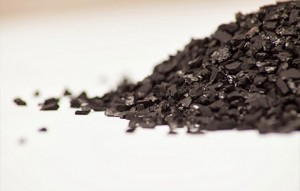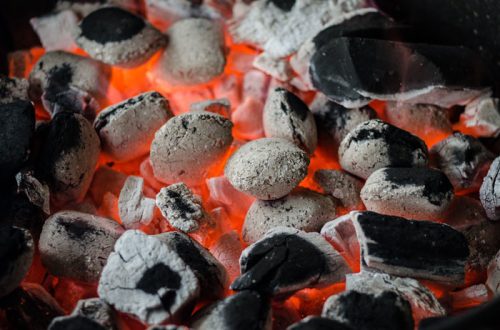Coconut Shell Based Activated Carbon

The use of activated carbon to remove harmful impurities like organic contaminants from water has been practiced since Roman times. Activated carbon is a carbonaceous adsorbents with extensively developed internal pore structure.
Activated carbon is extremely porous with a very large surface area, which makes it a powerful adsorbent material. This large surface area relative to the size of the actual carbon particle makes it easy to remove large amounts of impurities in a relatively small enclosed space.
An approximate ratio of surface area is one square meter per gram. The two mechanisms by which the chemicals are adsorbed onto activated carbon are either it ‘dislikes’ water or it attracts into the activated carbon. Activated carbon adsorption proceeds through three basic steps:
- Substances adsorb to the exterior of the carbon surface.
- Substances move into the carbon adsorption pore with the highest adsorption energy.
- Substances adsorb to the interior graphitic platelets of the carbon.
Many natural substances are used as base materials to make activated carbon. The most common of these used in water purification are lignite, bituminous and anthracite coal and peat, wood and coconut shell.
Different base materials and the activation process results in unique pore size and pore distribution. The pore size grouping in carbon is commonly described by its pore diameter. Macropores (above 50 nanometers [nm] in diameter); mesopores (two to 50 nm diameter) and micropores (under two nm diameter).
Coconut shell-based activated carbons are the least dusty. Predominantly microporous, they are well-suited for organic chemical adsorption. Coconut shell-based carbon has the highest hardness compared to other types of activated carbons, which makes it the ideal carbon for water purification.
In terms of base materials, coconut shell and wood are renewable resources. Coconut plantations with millions of acres of land continue to provide all the benefits of green trees to our environment in spite of using billions of coconut shells per year for activation.


